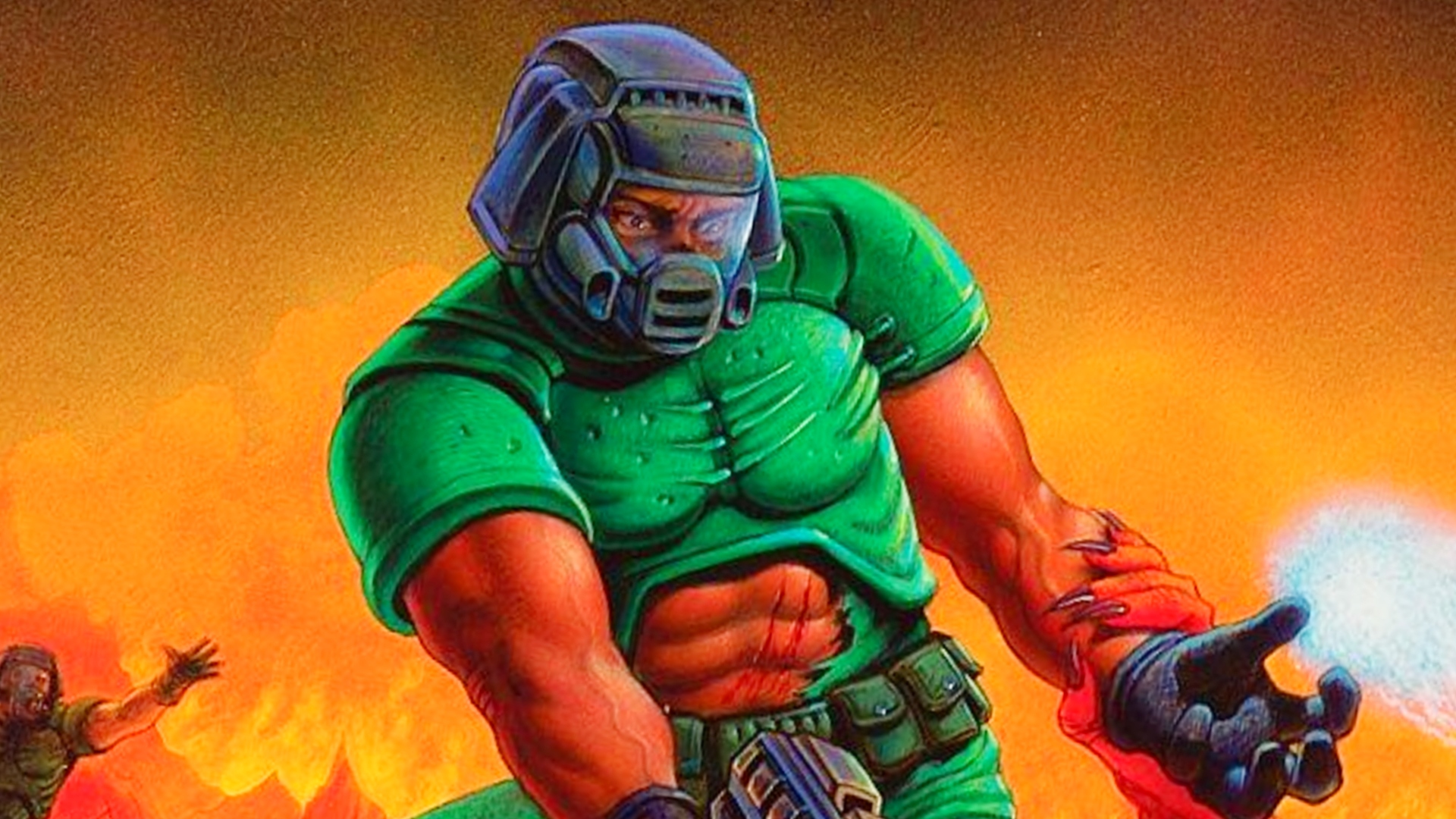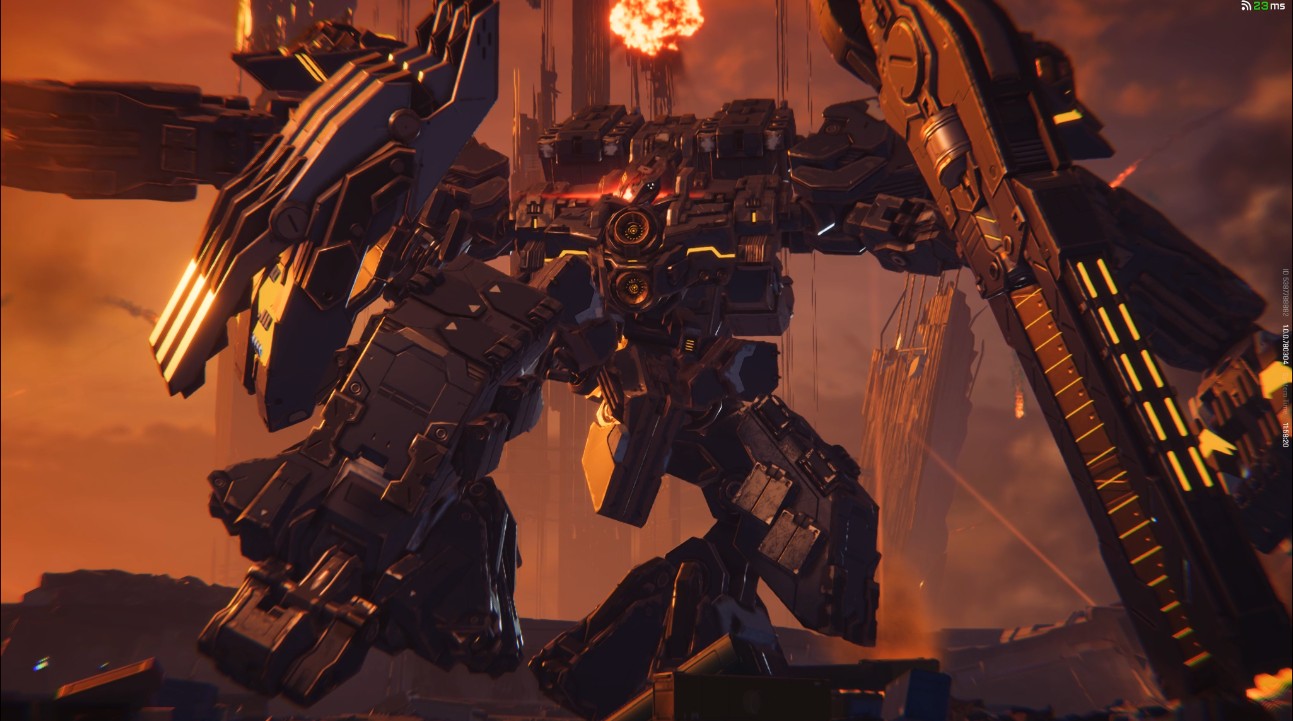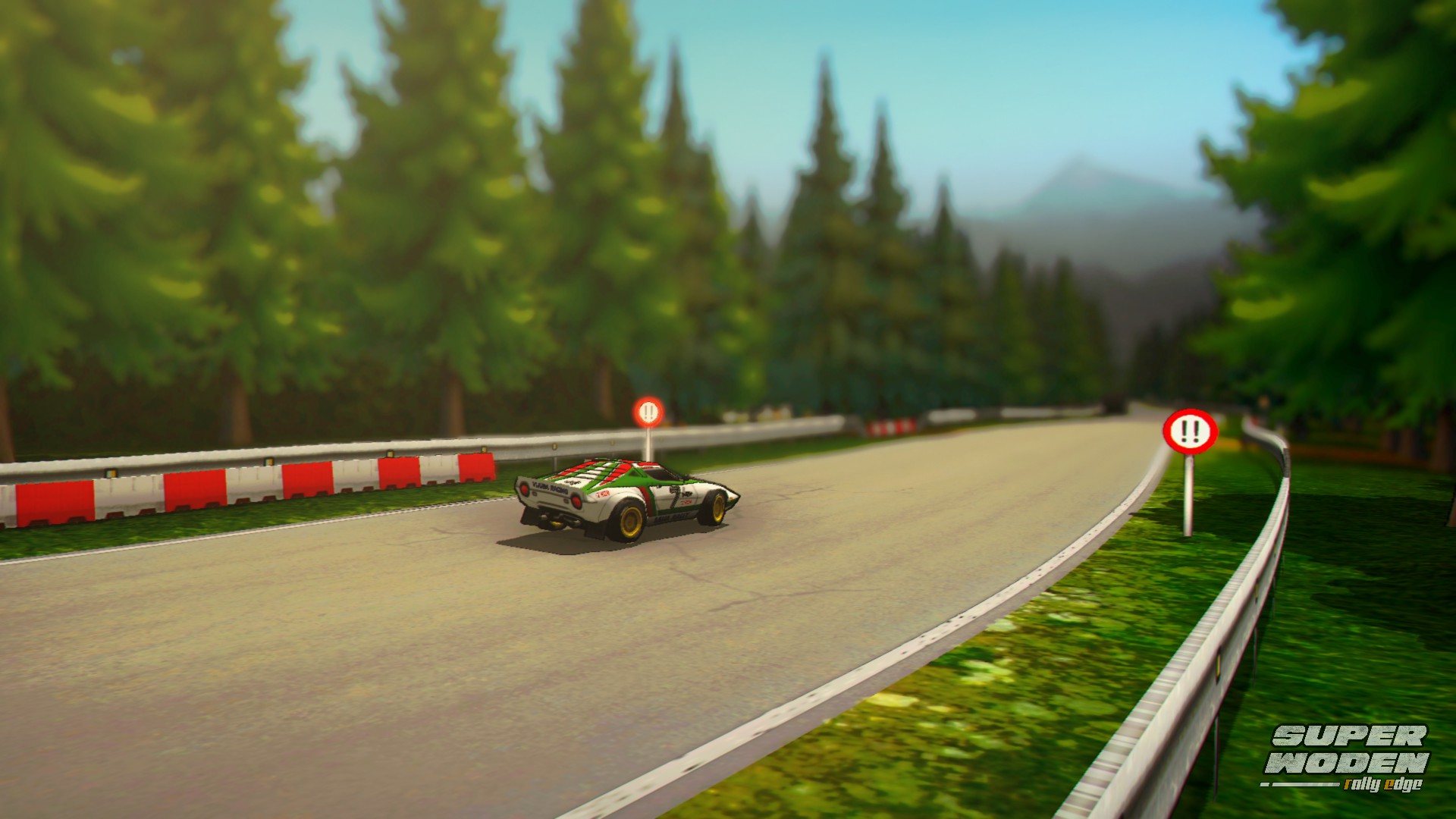Last week’s gut-wrenching flurry of game cancellations and layoffs due to Microsoft’s Xbox Game Studios cuts didn’t just affect the company’s owned, first-party studios. Third-party developers, like Romero Games, were impacted too. The studio formed by Doom co-creator John Romero announced that funding for its upcoming, triple-A FPS game had been pulled, and dozens of devs announced they were being let go, with some claiming the whole studio was shutting down. However, there’s a glimmer of hope for Romero Games and its new project, as the studio has just released a new statement clarifying that the studio hasn’t fully closed and that other publishers have reached out that are “interested in helping us bring the game across the finish line.”
The Xbox cuts have been truly savage. Hundreds of developers are going to lose their jobs, and some long-awaited projects like the Perfect Dark reboot, Rare’s Everwild, and an ambitious sci-fi game from Zenimax Online Studios were all shelved. While Romero Games hasn’t explicitly confirmed that Xbox Game Studios was backing its new project, the coincidentally timed cancelation of its next game and claims from employees strongly suggested that it was affected too. While very little was known about it other than it was a first-person shooter, Romero’s reputation for helping shape games like Doom and Quake was enough to make it one of the most exciting upcoming PC games.
Despite some claims from employees (and then subsequent reports by the media) that the studio was letting all of its workforce go and would close, Romer Games has just released a statement clarifying that it has not been shuttered and that it’s currently in talks to save its project.
“Romero Games is not closed, and we are doing everything in our power to ensure that it does not come to that,” the statement says. “Any suggestion otherwise is factually incorrect. Indeed, we were in the studio today to discuss next steps with the team.

“We’ve been contacted by several publishers interested in helping us bring the game across the finish line, and we’re currently evaluating those opportunities.”
This new FPS game has been in the works since 2022, and while it’s not got to the stage where Romero Games has fully revealed it or shown off gameplay, you’d expect a decent amount of progress to have been made in that time. Romero’s reputation for creating amazing shooters, the triple-A scope, and the fact that Xbox was compelled enough to back it originally no doubt makes it an interesting prospect for these new publishers. Hopefully the right deal is struck, because it’s one that could potentially save some or all of the jobs that are set to be lost at Romero Games.













Published: Jul 2, 2025 10:49 am